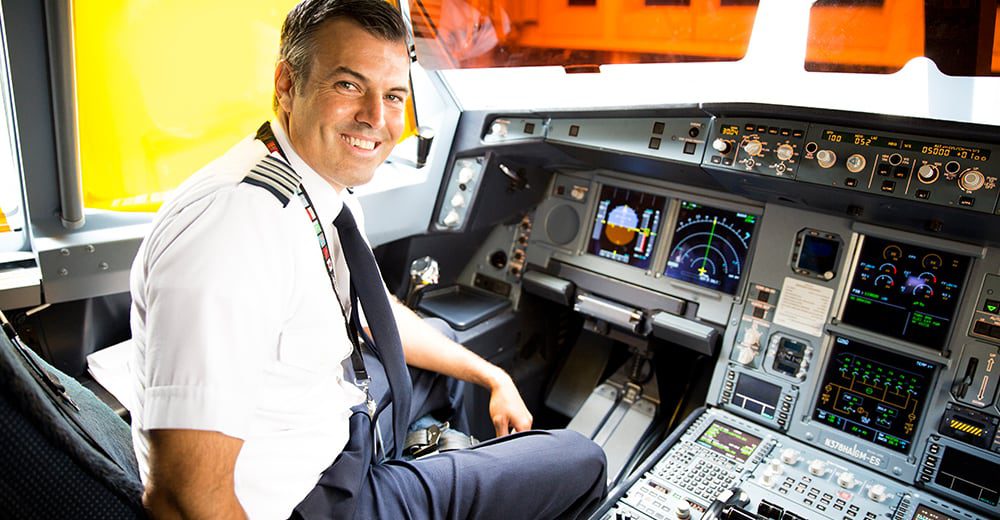Did you know that small changes to taxiing, inflight and landing procedures can help an airline save around 680 kilograms in fuel on a trans-Pacific flights?
We didn’t either.
But it’s exactly what Hawaiian Airlines is doing to reduce its fuel burn and carbon emissions on services from Hawaii to Brisbane.
The series of gate-to-gate environmental best practices were used on Flight 443 last night, which arrived in Brisbane Airport at 7.11pm – also the first time an airline has used the fuel-saving techniques on the route.
Captain Brian Beres, First Officer Jason Akina and International Relief Officer David Kahoaka used numerous taxiing, in-flight and landing procedures projected to save 1,500 pounds (over 680 kilograms) of fuel.

Based on Hawaiian’s three weekly flights, this could potentially see the airline’s annual savings equate to removing 142 cars off the road, or 670 metric tons (670,000 kilograms) of CO2.
Hawaiian’s Vice President of Flight Operations, Captain Ken Rewick, said the airline is mindful of its impact on the environment and felt honoured to work with Australian partners and the Federal Aviation Administration to achieve “remarkable operational efficiencies”.
“Brisbane Airport Corporation is proud to support Hawaiian Airlines in showcasing environmental strategies that reduce fuel burn and carbon emissions in aviation operations,” Stephen Goodwin, Brisbane Airport Corporation General Manager of Operations said.
“As such, Brisbane Airport, in conjunction with the ground handler, will assist to ensure ground power units and pre-conditioned air is made available for these flights.”

Hawaiian will complete its roundtrip ASPIRE flight on 22 September when HA Flight444 departs Brisbane at 9.45pm (Australian Eastern Standard Time) with a scheduled 11.20am (Hawai‘i Standard Time) arrival in Honolulu.
During both flights, Hawaiian is using gate-to-gate advanced air traffic management procedures and collaborating with air navigation providers, including Airservices Australia and the Federal Aviation Administration (FAA), to demonstrate all seven of ASPIRE’s best practices.
Among them are User Preferred Routes, which allow airlines to customise a more efficient flight path based on factors such as fuel optimization and forecasted winds; Dynamic Airborne Reroute Procedures, or the ability to conduct multiple in-flight route adjustments in response to updated atmospheric conditions; and Optimized Descent Profile, which permits an aircraft to approach an airport and land with minimal changes in engine thrust.
The other ASPIRE strategies include 30/30 Reduced Oceanic Separation; Time-based Arrivals Management; Arrivals Optimisation; Departures Optimisation; and Surface Movement Optimisation.

